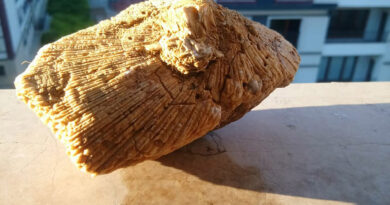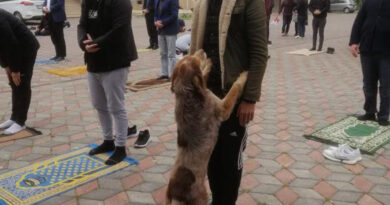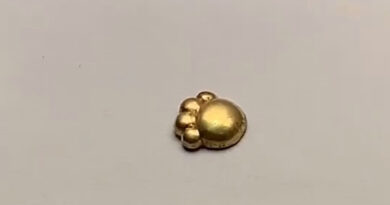Scientists Unearth Tomb With Remains Of Ancient Ruler With Four Horses And A Dog
Turkish archaeologists have discovered the incredibly well-preserved remains of a nobleman with his four horses and dog near an ancient fortress that dates back over 2,700 years.
The discovery of the skeletons was made by archaeologists at a dig site at the Cavustepe fortress in the district of Gurpinar in the Turkish province of Van at the end of August.
The news site Hurriyet Daily News said the remains are believed to belong to a nobleman, making this the first such discovery since archaeologists began exploring the dig site around the Cavustepe fortress.
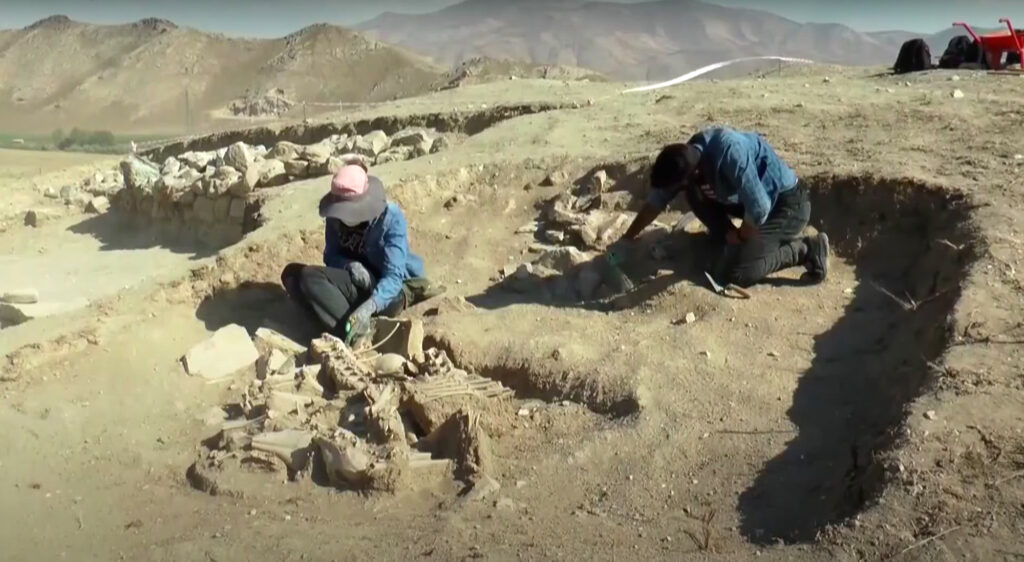
The ancient fortress was constructed during the reign of King Sarduri II in 764-735 BC and researchers hope this discovery will shed light on the burial customs of the ruling class of the Urartu kingdom, which once spanned modern-day Armenia, eastern Turkey, and north-western Iran.
The age of the remains is not yet clear, however other discoveries in the area have included skeletons dating back over 2,700 years.
The excavation is being carried out by a team of 25 people including anthropologists, archaeologists, art historians, city planners and restorers under the leadership of Professor Rafet Cavusoglu, the head of the Yuzuncu Yil University’s Archaeology Department.
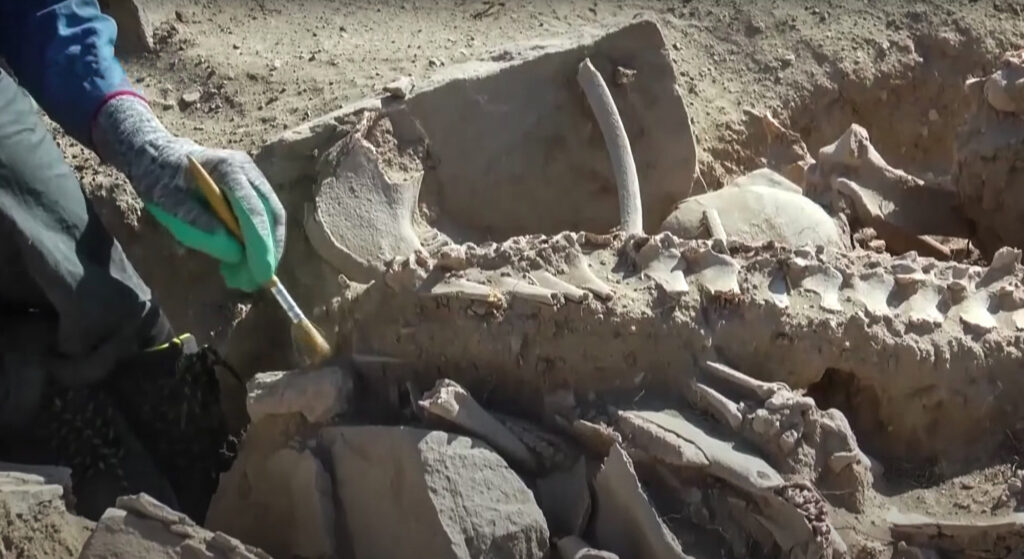
Professor Cavusoglu told the state-run Anadolu Agency: “This dig site has always provided us with new information about Urartian burial traditions.”
He added: “This most recent discovery is another first. In the studies carried out by our expert teams, we have uncovered a tomb in its original form. A human being is buried inside with his animals and pieces of pottery were found next to his skeleton.”
The Professor explained that there is considerable work to be done on the excavation, but in the coming days, he believes the status of the skeleton will be confirmed as that of a nobleman.
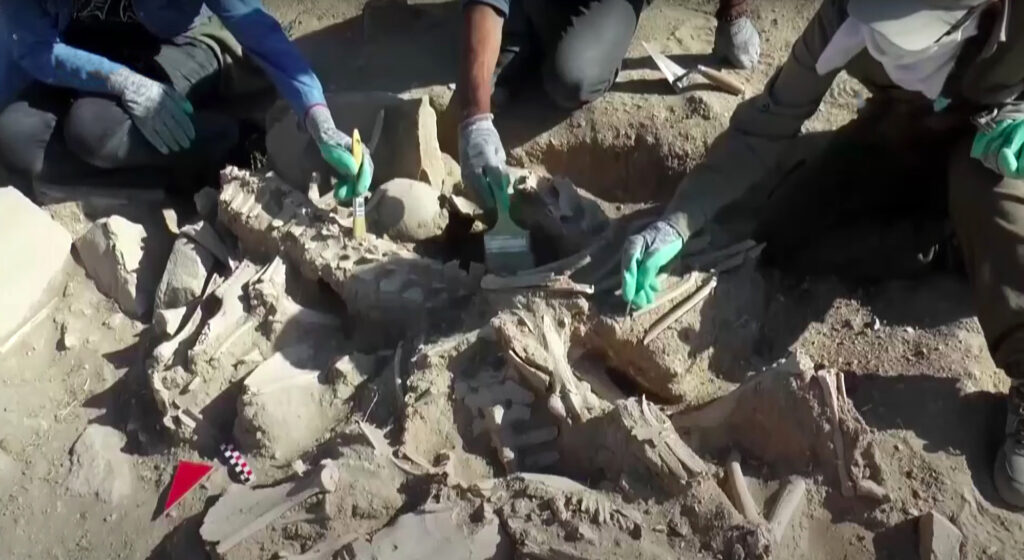
He said: “Someone buried with a horse is likely to have been an important member of society. We think he was likely to be ruling-class or a high-ranking member of the military.”
Hakan Yilmaz, one of the archaeologists working at the site, said: “The fact the person was buried with a horse makes this find particularly interesting. There are four horses and two of them have intact skulls and lower jaws.”
He added: “It is the first find in the Urartian burial tradition that I have ever seen. This tomb belongs to an important person. It is something that surprises us. We will analyse the bones in the laboratory.”
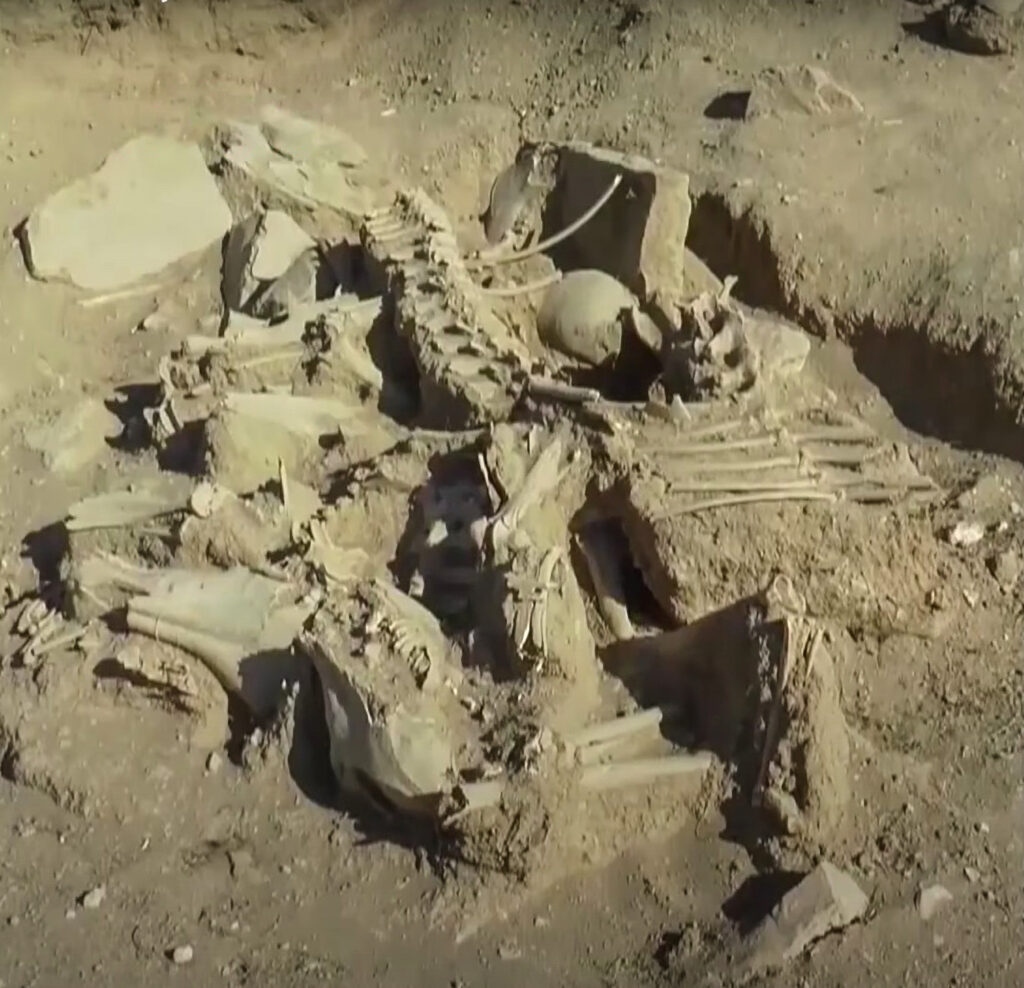
Hanifi Biber, also an archaeologist at the site, said the pottery found in the tomb is as interesting as the human and animal remains.
He said: “The pottery pieces next to the tomb caught my attention. They are of very high quality.”
He added: “The tomb has not been fully opened yet, other finds may come. Therefore, considering his horses and the quality of the ceramics, we understand that he was not an ordinary person and that he was most probably an administrator.”
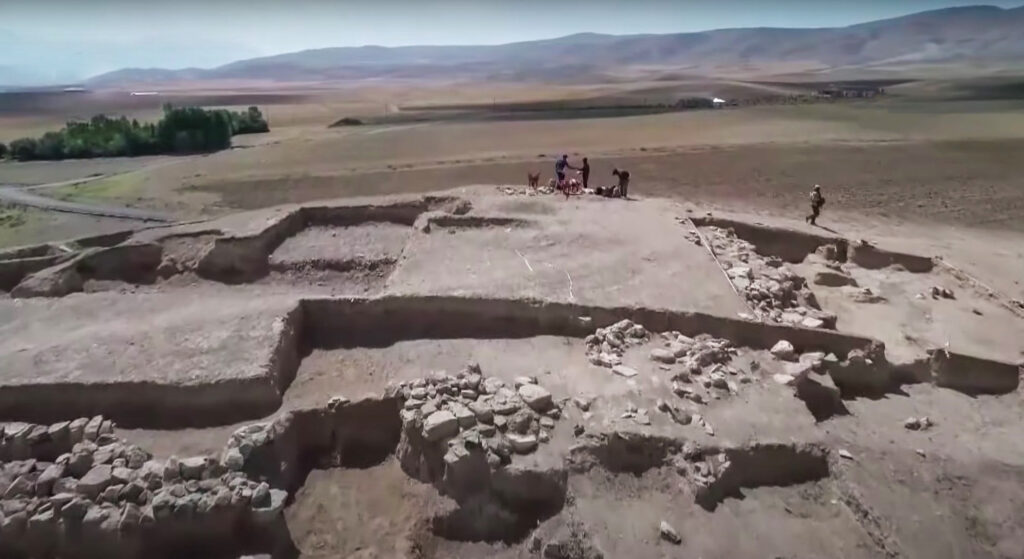
The remains will continue to be analysed by the team as they attempt to uncover more information on the burial customs of the ancient Urartu kingdom.

